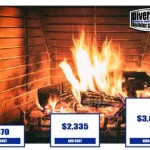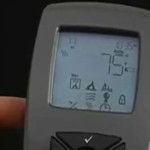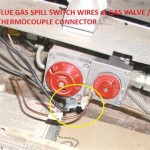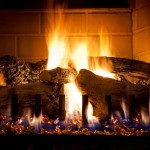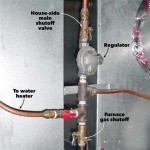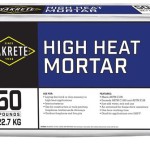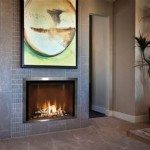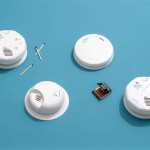Fireplace and Chimney Basics: Essential Components for Your Cozy Home
Fireplaces and chimneys have been an integral part of homes for centuries, providing warmth, ambiance, and a touch of rustic charm. Understanding the essential aspects of these structures is crucial for ensuring their safe and efficient operation. This article will delve into the key components of fireplaces and chimneys, empowering you with the knowledge to appreciate and maintain these cherished home features.
Firebox
The firebox is the heart of the fireplace where the fire burns. It is typically constructed of firebrick or cast iron, which can withstand high temperatures. The size and shape of the firebox determine the amount of heat output and the aesthetic appeal of the fireplace. Proper firebox design ensures efficient combustion and minimizes smoke and soot production.
Flue
The flue is a vertical passage that leads from the firebox to the outside of the home. Its function is to vent smoke and combustion gases into the atmosphere. A properly sized and constructed flue is essential for maintaining good draft and preventing smoke from entering the living space. The flue is often lined with fire-resistant materials, such as stainless steel or ceramic, to protect the structure from heat and corrosion.
Damper
A damper is a movable plate located at the top of the flue. When closed, it prevents warm air from escaping and helps to regulate the draft. When opened, it allows smoke and gases to vent freely. Operating the damper correctly is important for efficient fireplace performance and energy conservation.
Mantel
The mantel is the decorative surround that frames the fireplace opening. It can be made from various materials, such as wood, stone, or marble. The mantel not only enhances the aesthetic appeal of the fireplace but also provides a functional shelf for displaying items or storing firewood.
Chimney Cap
A chimney cap is a metal or plastic cover that sits on top of the chimney. Its primary purpose is to prevent rain, snow, and debris from entering the flue. Additionally, it helps to improve the draft by creating a negative pressure zone around the chimney opening.
Regular Maintenance
Regular maintenance is crucial to ensure the safe and efficient operation of fireplaces and chimneys. This includes professional inspections and cleanings to remove soot and creosote buildup, which can pose a fire hazard. It is also essential to check for any signs of damage or deterioration, such as cracks or loose bricks, and to address them promptly.
Fireplaces and chimneys are valuable home features that can enhance comfort, ambiance, and home value. By understanding the essential components and practicing proper maintenance, you can enjoy the warmth and charm of these traditional fixtures for years to come.

Where To Place Your Chimney And Fireplace Timber Frame Hq

Understanding The Anatomy Of A Fireplace Madewell Masonry

Fireplace Chimneys A Complete Guide Direct Fireplaces

Gas Wood Burning Chimneys Similarities Fireplace Chimney Experts

What Is A Chimney Flue The Mad Hatter

Do Gas Fireplaces Need A Chimney Dreifuss

Parts Of A Fireplace Chimney Explained With Diagrams And Real S

What Is The Fireplace Lintel Why It Important

Alliance Chimney Energy Reducing Home Heating Costs Fireplace S

Brick Masonry Fireplace And Chimney A In The City Of Napa Scientific Diagram
Related Posts

